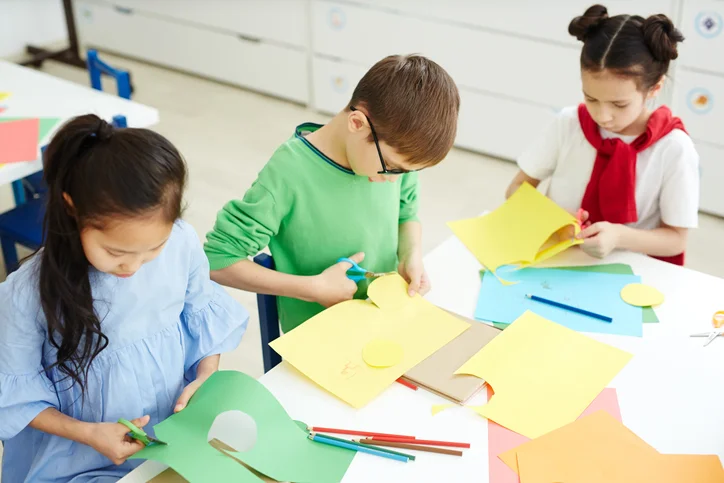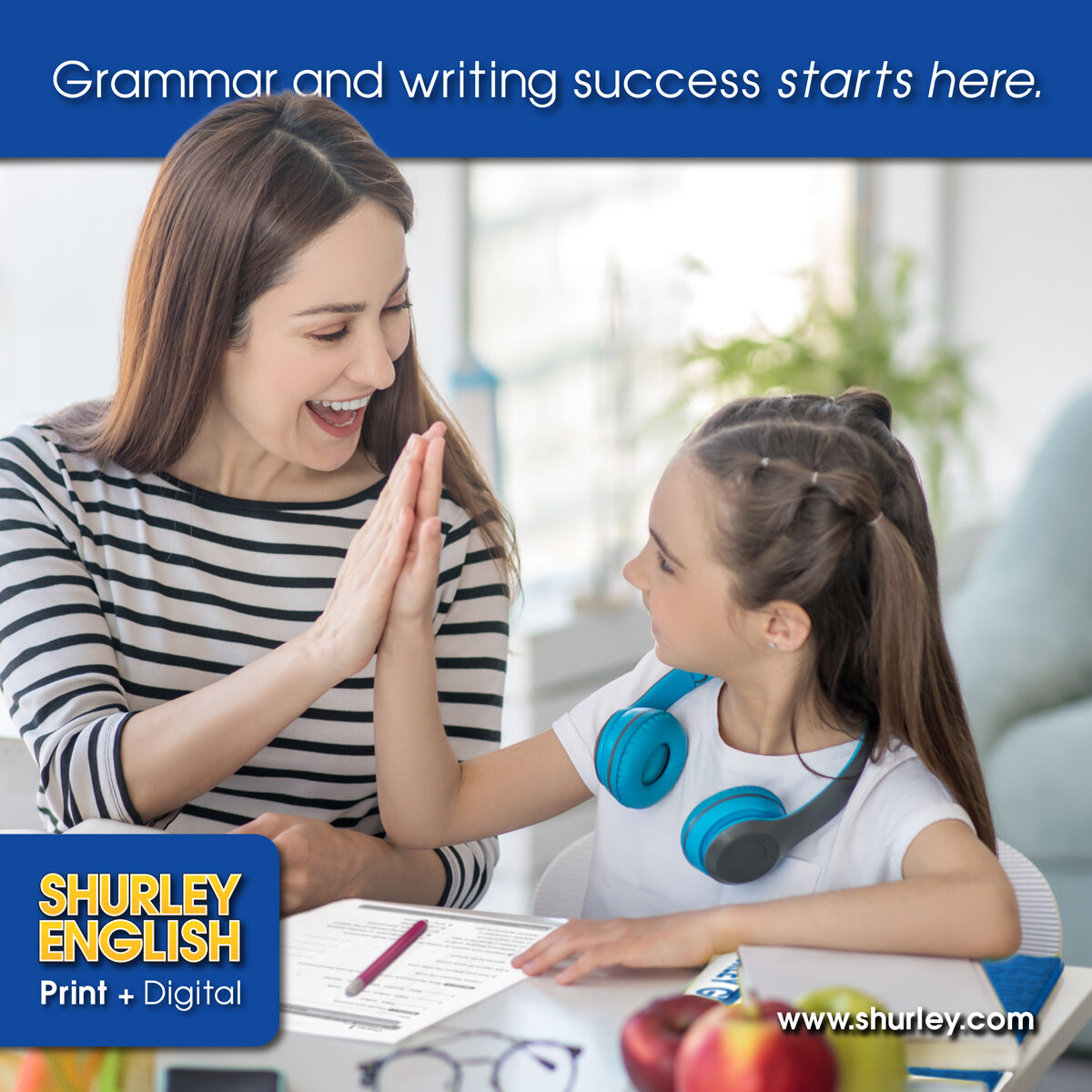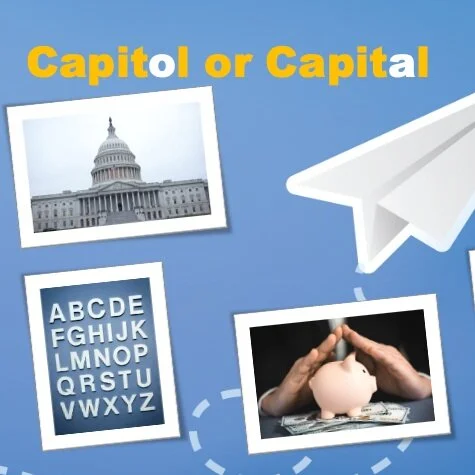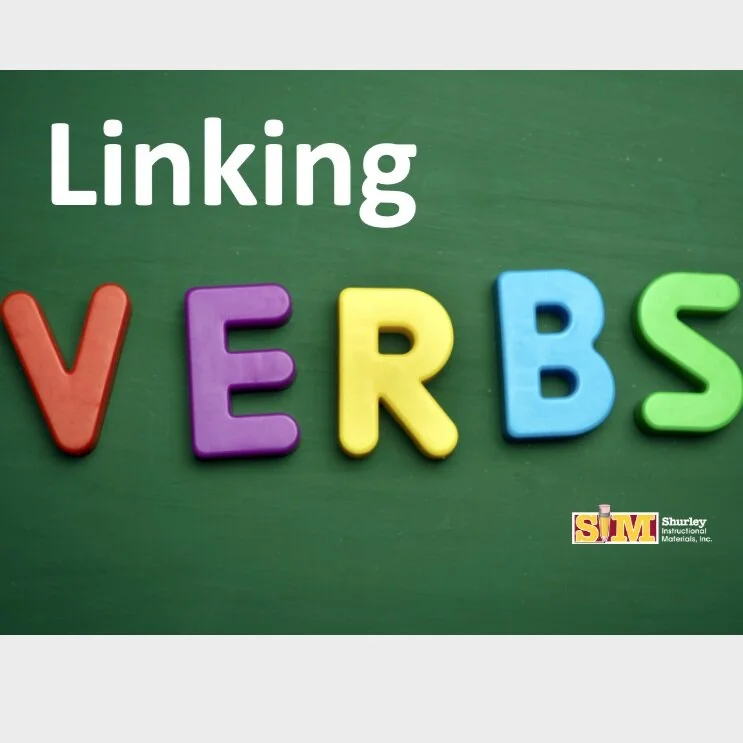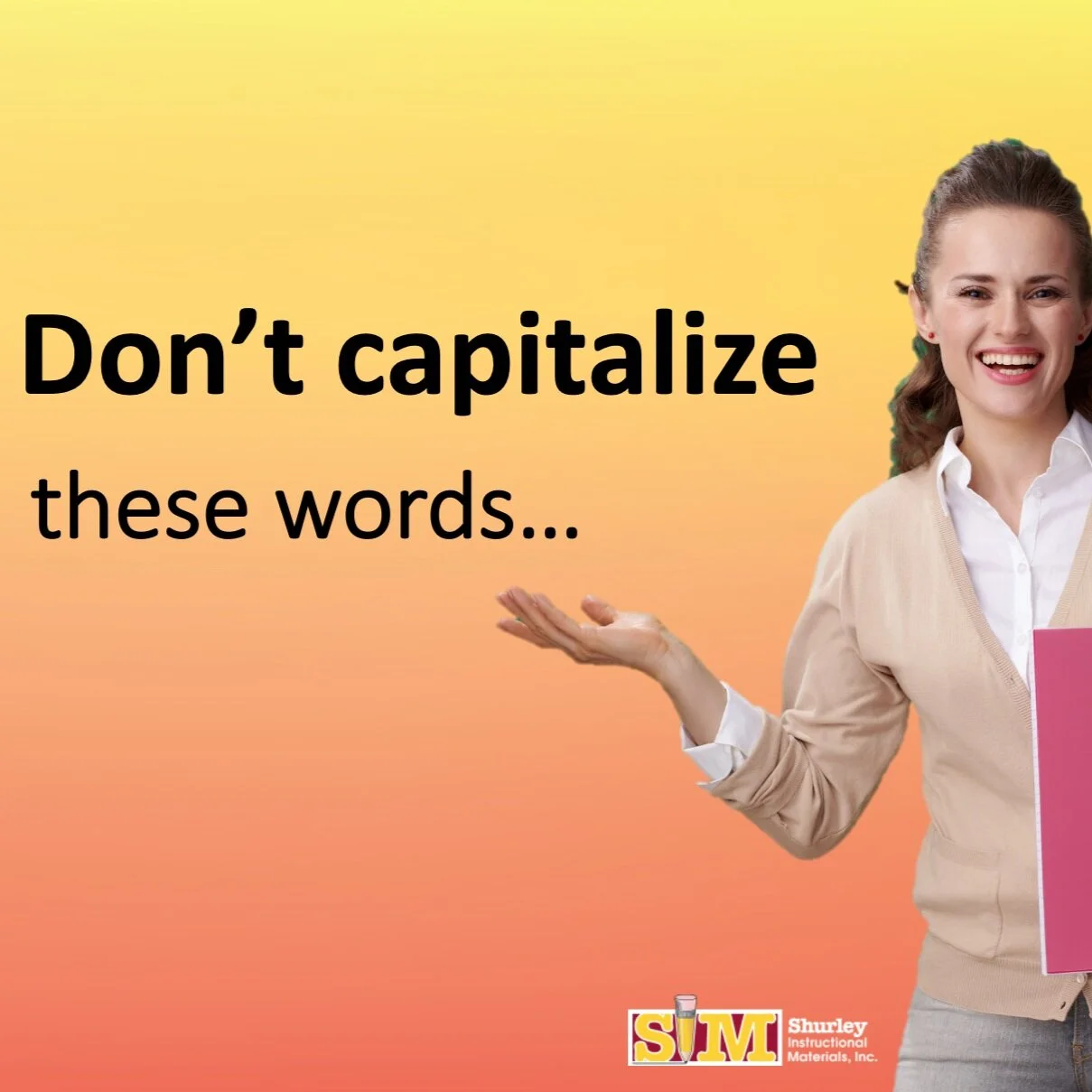Writing Toolbox: What are correlative conjunctions?
/Having the right tools in your writing toolbox can make all the difference when it comes time to revise a composition. Do your students need a creative way to link ideas and show association? Then look no further than the correlative conjunction! First, let's look at this simple definition:
Read More




